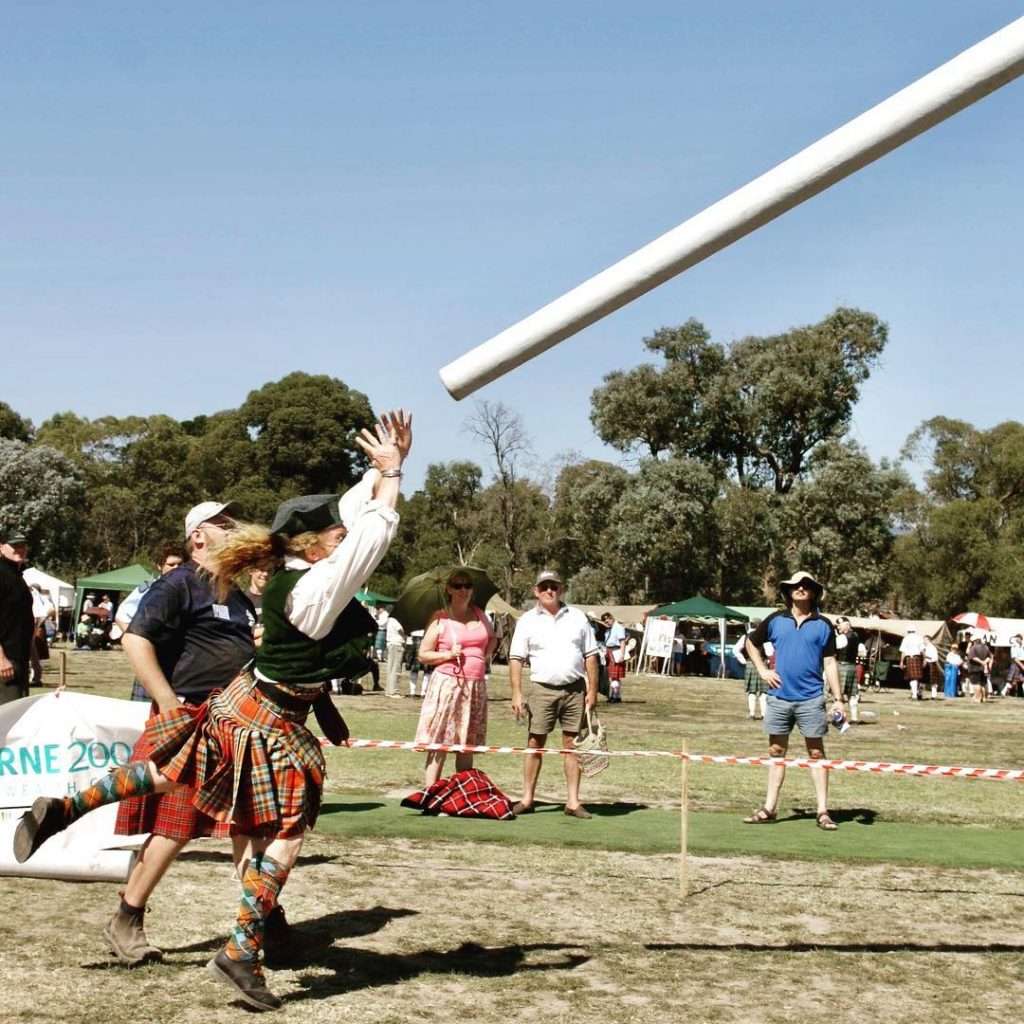The Highland Games, a celebration of Scottish culture and heritage, are renowned for their unique and challenging athletic events. Among these, Caber Tossing stands out as a heavy-hitting spectacle that captures the essence of strength, skill, and tradition. In this article, we delve into the history, technique, and significance of Caber Tossing, exploring why it has become a highlight of the Highland Games.
Origins and Historical Significance
Caber Tossing finds its roots in the ancient Scottish tradition of testing the strength and agility of clansmen. Historically, the caber—a large, tapered wooden log—was used as a practical tool for bridging rivers or creating makeshift fences. Over time, it evolved into a symbol of strength and masculinity.
The introduction of Caber Tossing to the Highland Games is believed to have originated in the 16th century, aligning with the militaristic training of Scottish warriors. The event quickly gained popularity, becoming a staple of the games and showcasing the physical prowess of participants.
The Art of Caber Tossing
Choosing the Right Caber
Selecting the appropriate caber is a crucial aspect of the event. Typically made of wood, the caber measures around 19 feet in length and weighs between 100 to 150 pounds. Athletes carefully choose a caber that is both challenging and manageable, considering factors such as weight distribution and length.
Technique and Execution
Caber Tossing requires a combination of strength, balance, and precision. The athlete begins by lifting the caber upright, cradling it in their hands. The challenge lies in flipping the caber end over end, aiming for a perfect 12 o’clock position. Judges evaluate the toss based on the alignment of the caber upon landing.
Scoring and Judging
Unlike traditional scoring systems, Caber Tossing does not rely on numerical values. Instead, judges assess the quality of the toss based on the alignment of the caber. A perfect toss sees the caber land directly away from the athlete, resembling the hands of a clock pointing at 12. The closer the alignment, the higher the score.
Cultural Significance and Modern Adaptations
Beyond its athletic nature, Caber Tossing holds deep cultural significance. It symbolizes the resilience and determination of the Scottish people, reflecting the challenges they faced throughout history. The event has transcended its origins, gaining international recognition and becoming a symbol of Scottish identity.
In contemporary Highland Games, Caber Tossing has evolved with variations catering to different skill levels. While professional athletes tackle the traditional 19-foot caber, amateur categories may use smaller and lighter versions. This inclusivity allows participants of all ages and abilities to engage with the tradition, fostering a sense of community and shared heritage.
Frequently Asked Questions (FAQs)
1. How heavy is the caber in Caber Tossing?
The caber used in Caber Tossing typically weighs between 100 to 150 pounds, with athletes selecting one that provides a challenging yet manageable experience.
2. How is Caber Tossing scored?
Unlike traditional scoring systems, Caber Tossing doesn’t involve numerical values. Judges assess the toss based on the alignment of the caber upon landing, with a perfect toss resembling the hands of a clock pointing at 12.
3. Can anyone participate in Caber Tossing?
Yes, modern Highland Games often feature different categories for Caber Tossing, accommodating participants of various skill levels. While professionals tackle the traditional 19-foot caber, amateurs may use smaller and lighter versions, promoting inclusivity and community engagement.

